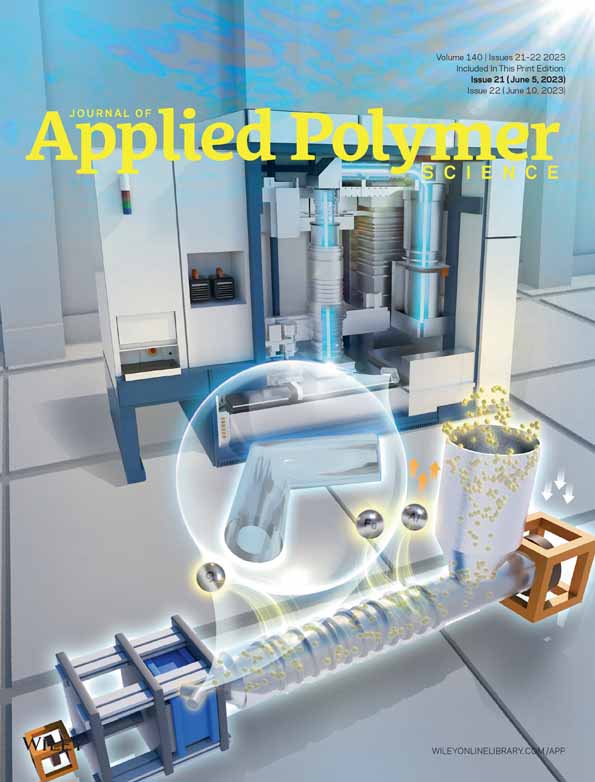Effects of compositional parameters on morphology and rheological properties of HDPE/PVA blends
Abstract
Polymeric blends are relevant for research and industry because of their versatility, being able to accomplish property tailoring with competitive cost and ease to scale up, when compared to the development of in-reactor new polymers. Blends of thermoplastics, however, might have their morphology and properties altered upon processing, therefore, there is uncertainty to some outputs after melt processing. Therefore, having a fixed morphology that is capable of being further processed without significant changes have industrial and academic value. This work presents a comprehensive study of rheological properties and morphology of a selectively crosslinked blend of polyethylene (HDPE) and poly(vinyl alcohol) (PVA), where the effect of the following parameters are evaluated: dispersed phase (PVA) weight fraction, continuous phase (HDPE) rheological properties, compatibilizer (PE-g-MAh) and crosslinking agent (maleic anhydride) content. Overall, melt complex viscosity and elasticity have increased with PVA weight fraction and HDPE viscosity. The compatibilizer content has not severely affected melt rheology, although it influenced blend morphology. Crosslinking agent content affected melt rheology and glass transition temperature in a complex way due to the probable competition of some phenomena (crosslinking and reaction vs reduction of crystallinity degree and H bond attenuation), with little effect over PVA morphology.
CONFLICT OF INTEREST STATEMENT
The authors declare that they have no commercial or financial conflict of interest.
Open Research
DATA AVAILABILITY STATEMENT
The data used to support the findings of this study are included within the article.




